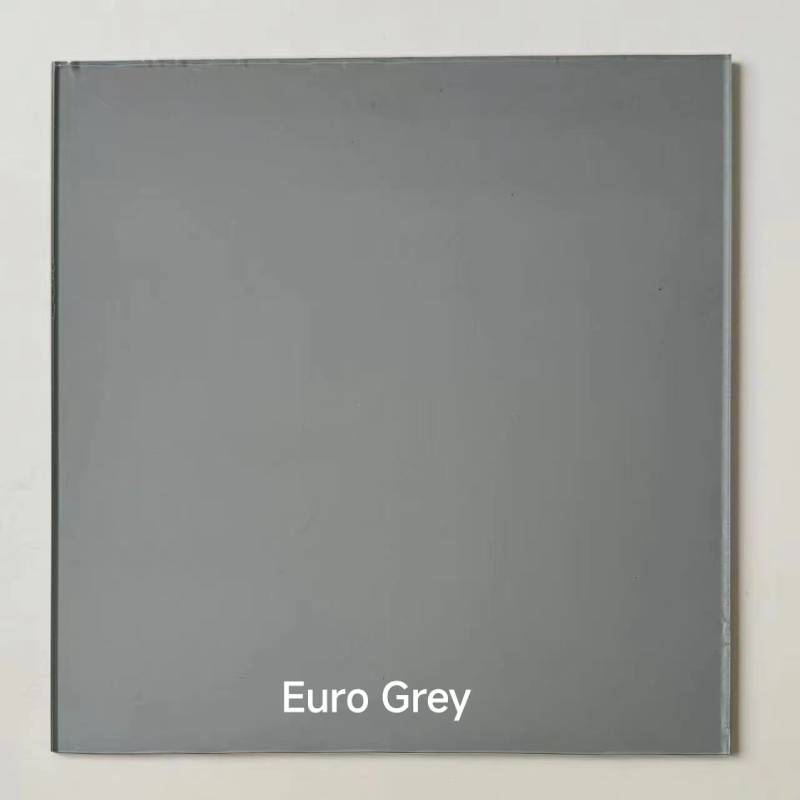

Understanding Acid Etched Glass Suppliers and Their Significance
Acid etched glass has emerged as a popular choice in both residential and commercial design due to its aesthetic appeal and functional benefits. By treating glass with an acid solution, manufacturers can create a frosted effect that obscures visibility while allowing natural light to permeate a space. This versatile material is widely used for a variety of applications, including windows, shower doors, and decorative partitions. In this article, we will explore the role of suppliers in the acid etched glass market, the processes involved in its production, and the various applications it serves.
The Process of Acid Etching
Acid etching is a process that involves applying a caustic substance, usually hydrofluoric acid, to the surface of glass. This process selectively removes a thin layer of the surface, resulting in a smooth matte finish. The level of clarity or opacity can be adjusted according to the amount of time the glass is exposed to the acid. This customization capability sets acid etched glass apart from other frosted glass products.
There are two main techniques for creating acid etched glass masking and freehand. In the masking technique, specific areas of the glass are covered with a protective material before the acid is applied, allowing for intricate designs or patterns. The freehand method, on the other hand, involves applying the acid directly to the glass surface to create more organic shapes. This versatility makes acid etched glass a favored medium for artists and designers alike.
The Role of Suppliers
Suppliers of acid etched glass play a crucial role in ensuring that high-quality products are available to designers and architects. They source raw materials, provide powder and equipment for the acid etching process, and often sell finished products directly to consumers or businesses. The relationship between suppliers, manufacturers, and clients is integral to maintaining standards in production and distribution.
When choosing a supplier, buyers should consider several factors, including quality certifications, customer service, product variety, and reliability. Established suppliers often have a diverse portfolio, offering different grades of glass, thicknesses, and finishes. Moreover, they typically keep up with industry trends, providing state-of-the-art solutions that conform to modern design aesthetics.

Sustainable practices are also becoming increasingly important in the selection of suppliers. Many leading companies now prioritize eco-friendly production methods and materials. By sourcing glass from sources that ensure minimal environmental impact, suppliers can help clients align their projects with sustainable practices.
Applications of Acid Etched Glass
The versatility of acid etched glass makes it applicable in numerous settings. In residential interiors, it is commonly used in bathroom design to provide privacy while still allowing light to filter through. For instance, it can be used in shower enclosures or as decorative partitions that separate spaces without completely blocking sight lines.
In commercial settings, acid etched glass finds its place in office design by adding an elegant touch to conference rooms or cubicles, promoting an atmosphere of transparency while providing privacy. Additionally, it is utilized in retail environments for display cases, providing visibility of products while maintaining a level of sophistication.
Artistic applications include wall installations and decorative panels, where artists can use acid etching techniques to create unique, personalized artworks. Furthermore, acid etched glass is increasingly used in architecture as a way to contribute to energy efficiency, where the frosted surface can help to diffuse direct sunlight and reduce glare.
Conclusion
Acid etched glass suppliers are critical players in various industries, facilitating access to a material that blends functionality and aesthetics seamlessly. With the ability to customize glass designs and textures, these suppliers cater to a myriad of applications, fulfilling the demands of modern design while adhering to sustainability standards. As the market for acid etched glass continues to grow, suppliers who embrace innovation and quality will undoubtedly thrive, benefiting architects, designers, and consumers alike.